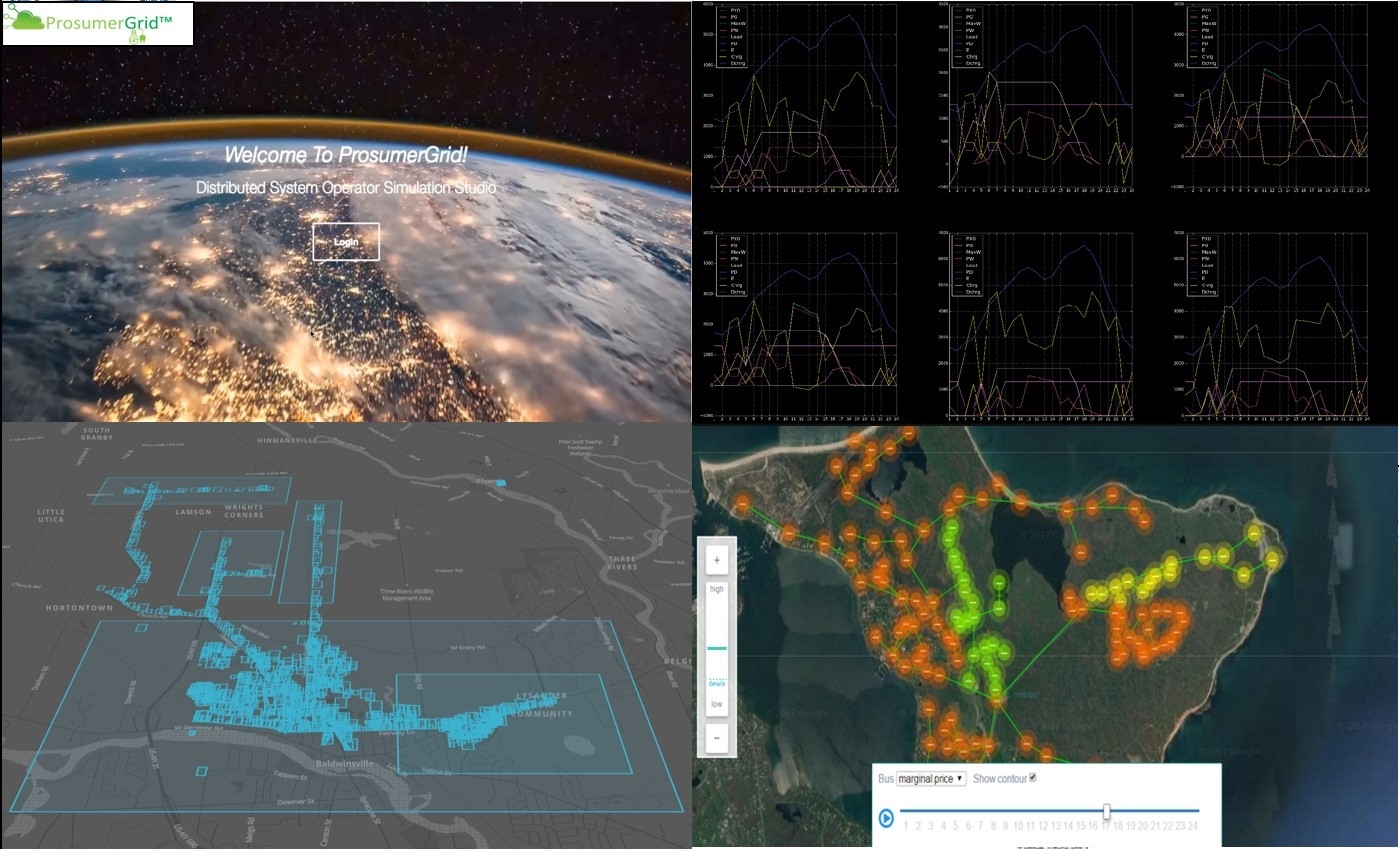
Building a More Resilient Grid in Puerto Rico
Cross-posted from the Energy.gov blog.
When Hurricane Maria struck the U.S. territory of Puerto Rico last September, it took the entire island’s power grid with it.
Today, over 95 percent of the island has its power restored, but the rebuilding process is far from finished. Over the long term, many challenges remain — along with some big opportunities to make the grid smarter and more resilient. The Puerto Rico Electric Power Authority (PREPA) manages the island territory’s grid and serves millions of customers. Now, they’ve set out to rebuild it better than before. To help accomplish that great challenge, they have teamed up with the New York State Smart Grid Consortium (NYSSGC) (a public-private partnership focused on grid modernization) and ProsumerGrid to help inform strategic decisions that will shape Puerto Rico’s grid for years to come.

A new data tool will help decision makers determine a set of technology and policy options for Puerto Rico's power grid, which was severely damaged by Hurricane Maria last year. Photo by Western Area Power Administration.
With funding from the Energy Department’s Advanced Research Projects Agency-Energy (ARPA-E), ProsumerGrid is building a powerful tool to simulate integrating distributed energy resources (DERs) and distribution system operator (DSO) functions. DERs are resources like solar power, smaller generators, small wind power, or even big battery systems that enter the electric grid in nontraditional ways. DSOs run the networks responsible for distributing this electricity to where it is needed. As these distributed resources become increasingly popular, conventional ways of managing the grid are having trouble keeping up. In order to build a smarter and more resilient grid, new options like DERs, microgrids, and integrated operations systems need to be evaluated.
The company’s highly specialized and interactive software simulates the operation of massive amounts of DERs and emerging DSOs at the physical, information, and market levels. The software will provide a studio environment with adjustable parameters, allowing experts to develop novel grid designs tailor-made for their strategic objectives and policy requirements.

ProsumerGrid's data tool, funded by ARPA-E .
ProsumerGrid’s modeling software simulates the operation of massive amounts of distributed energy sources and distribution system operator functions. | Screenshots of ProsumerGrid’s modeling studio.
In Puerto Rico, NYSSGC and ProsumerGrid will use data from the grid to determine a set of technology and policy options for the power system, including the integration of DERs, microgrids, and advanced technologies. ProsumerGrid will offer its expertise and modeling tools, developed with support from ARPA-E, to develop innovative and sound technological solutions for the recovering grid.
ARPA-E supports several grid-focused projects ranging from energy storage to smarter transmission and distribution. Since 2009, ARPA-E has launched several focused programs including NODES, GRID DATA, and GRIDS that aim to transform the American electric grid for the 21st century.
The projects of NODES are developing new ways to manage more renewable resources on the grid by using “virtual storage,” which balances the grid using distributed resources while maintaining high service quality. GRIDS, an earlier program, sought to develop new energy storage solutions to improve grid resilience for an investment cost of less than $100/kWh. GRID DATA teams are developing sophisticated power system models for use in the development and testing of optimization and control algorithms that can enhance grid resiliency and flexibility.
Just announced, ARPA-E’s DAYS program will charge teams with developing new forms of long-duration stationary electricity storage systems. These technologies will enhance grid resiliency, provide low-cost energy capacity, support grid infrastructure, and enable a greater share of intermittent renewable resources in the generation mix.
Be sure to look at ARPA-E’s diverse project portfolio to learn more about how the agency works to improve American competitiveness and security through innovation in energy.
